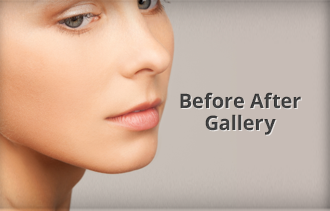Rhinoplasty has many facets to it and as such is one of the more common procedures performed by plastic surgeons due to its complexity. Depending on the patient’s wishes for improved shape, breathing, or both will determine how the procedure is done.
As the nose is the centrepiece of the face, my goal in rhinoplasty surgery is to balance the outcome you desire in the nose with what suits your face. This is so that the surgery produces a natural improvement, keeping in line your identity and creating a harmony with the rest of your facial features.
The technique for rhinoplasty is varied and depends on what best to achieve your end goal. Rhinoplasty may be performed through a ‘closed’ technique where all incisions are kept hidden inside the nostrils. This is my preferred technique if the majority of the surgery is for the upper half of the nose and has the benefit of no external scars and less swelling. An ‘open’ approach is adopted for noses where change is desired in the lower half, or more difficult noses which have had previous repeated trauma or surgery. The incision for an ‘open’ approach has an external extension that goes through the bridge of skin between the nostrils (columella) – this is a well hidden area.
The possibilities for nasal surgery are many. Patients’ wishes vary from a more defined or straighter nasal bridge, to a reduction in the bump on the bridge of the nose; to a narrower, refined tip or nasal base, or a reduction in nostril flaring. All aim for the same outcome, which is to restore a more ideal proportion to the nose whilst retaining features that complement the individual’s identity.
If you also have breathing difficulties, previous surgery or breaks to the nose, these can often be improved at the time of surgery and is an important part of the assessment at the time of my consultation. It may also require further imaging in the form of a CT.


